The Meiao Minimalist Double-bowl Drainboard Sink is a sleek idea for all kitchen styles. It is handcrafted from premium 304 stainless steel which is resistant to stains, scratches and corrosion for lasting. The double bowl feature is designed for the dish washing sorted as cleaning.
The faucet hole could be drilled on the countertop accordingly.
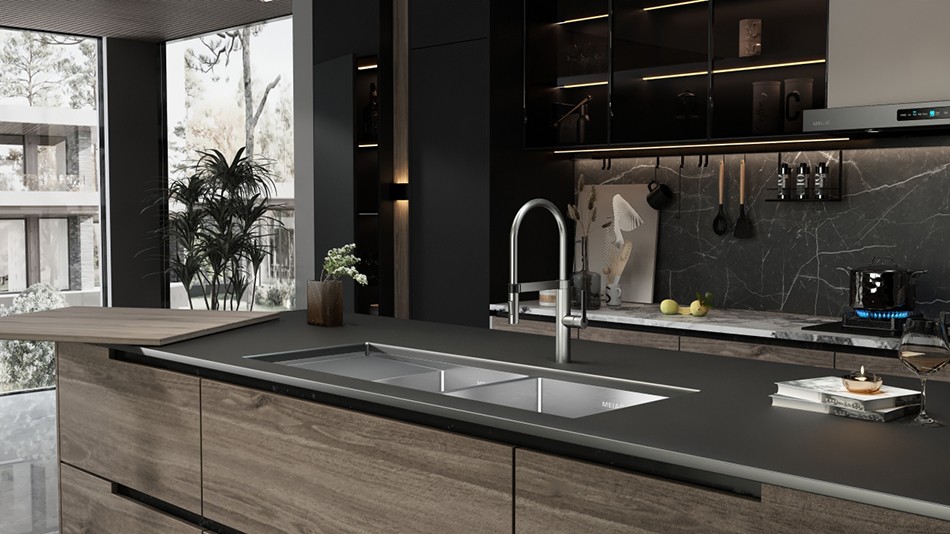
Minimalist Double-bowl drainboard sink Details
Style
| Minimalist Double-bowl Drainboard Sink |
| Feature | Double bowl with drainboard |
| Certificates | CUPC |
Sink type
| Double-bowl drainboard sink |
| Installation ways | Undermount |
Material
| 304 stainless steel |
| Bowl shape | Rectangular |
Corner radius
| R10 |
| Thickness | 1.2mm |
Overall size
| 1000*450*200mm |
Main features
Double-slot design:
Double-slot design can meet the needs of handling multiple kitchen tasks at the same time, such as washing ingredients on one side and washing dishes on the other side.
There is usually a partition between the two slots to prevent the water from interfering with each other.
Drainboard function:
A drainboard is a board or rack designed for drainage, mainly used to drain the water from washed dishes, ingredients or kitchen utensils.
It is usually installed next to the sink or sink, with an inclined surface design to ensure that the water can flow smoothly into the sink.
Drainboards are made of various materials to meet different scenarios and user needs.
Minimalist style:
Minimalist style emphasizes simplicity, practicality and smooth lines, avoiding excessive decoration and complex details.
Sinks usually adopt a modern and simple design, with the colors mainly in stainless steel or low-key colors such as black and gray.
Material and Construction
Stainless Steel Material:
Stainless steel is a common material for making kitchen sinks, popular for its durability, corrosion resistance and easy cleaning.
High-quality stainless steel sinks are usually made of 304 stainless steel, which has good rust resistance.
Thickness and Craftsmanship:
The thickness of the sink affects its durability and load-bearing capacity. Thicker sinks are usually stronger and have a longer service life.
The manufacturing process includes manual welding, machine welding, etc., to ensure the smooth lines and flawless appearance of the sink.
Installation and maintenance
Installation method:
The installation methods of sinks usually include above-the-counter basin, under-the-counter basin and mid-counter basin. Above-the-counter basin is easy to install, but water easily accumulates on the edge; under-the-counter basin has neat edges, but requires professional installation technology; mid-counter basin combines the advantages of the first two, but the installation cost is higher.
Maintenance:
Clean the sink regularly to avoid food residue and grease accumulation that may lead to bacterial growth.
Use mild detergent and soft cloth to wipe the surface of the sink, and avoid using rough cleaning tools or strong corrosive detergents.

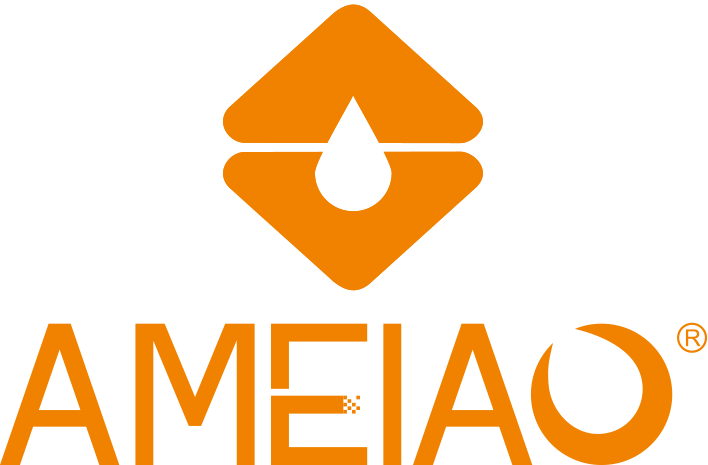
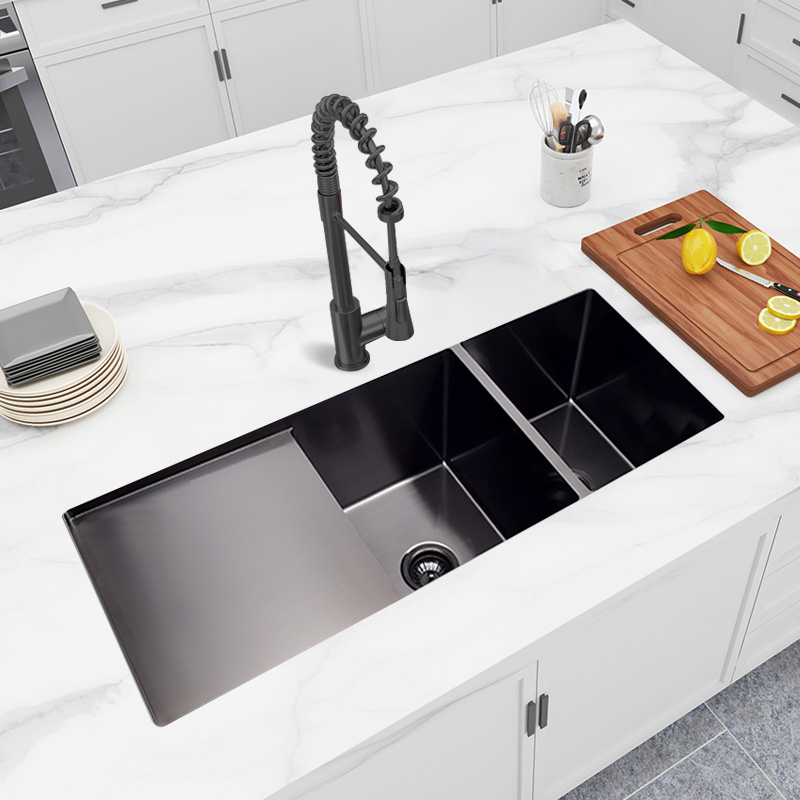
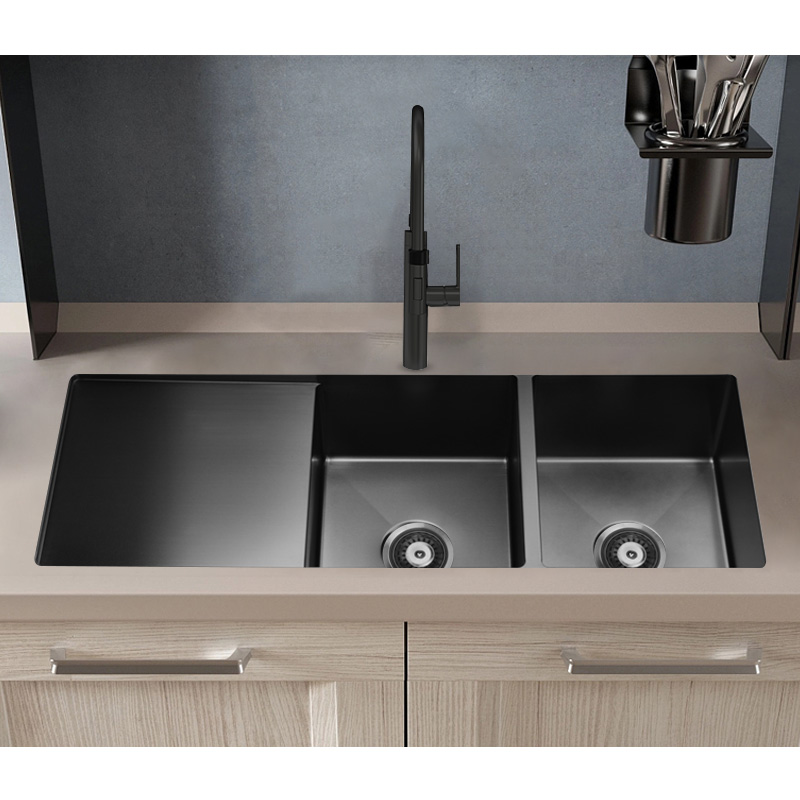
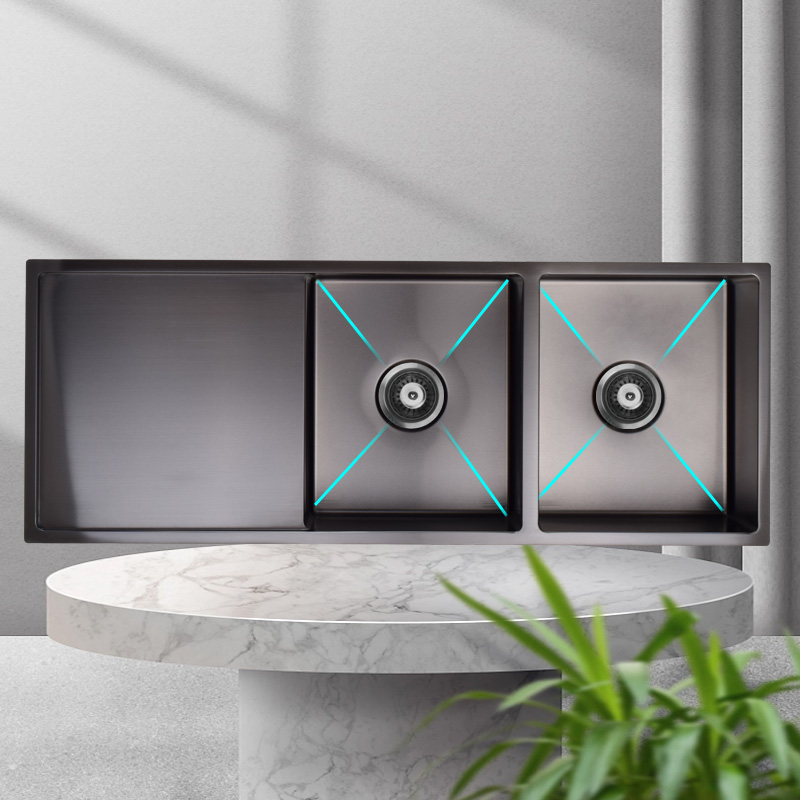
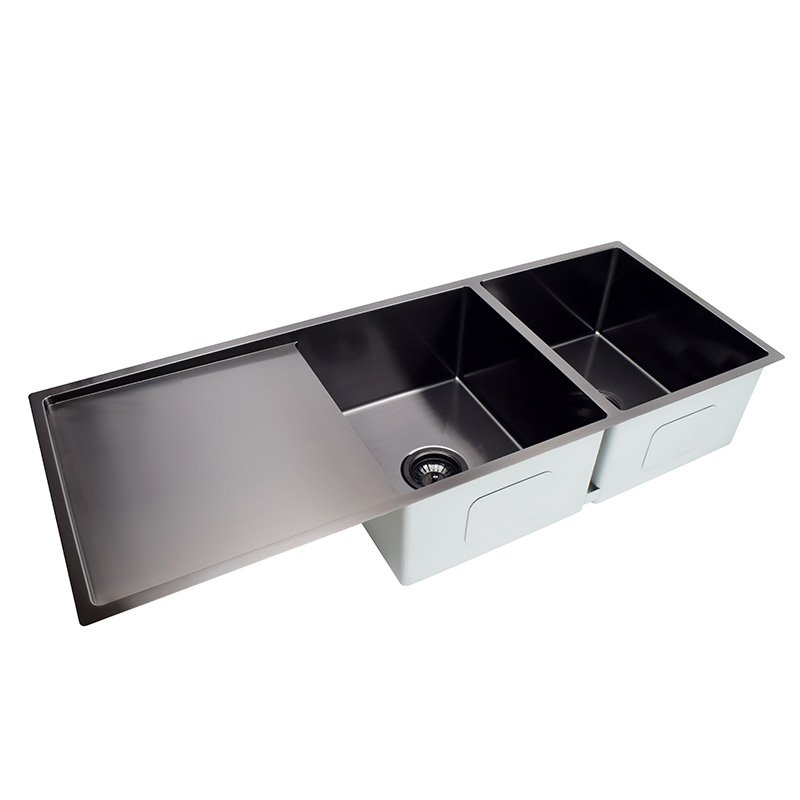
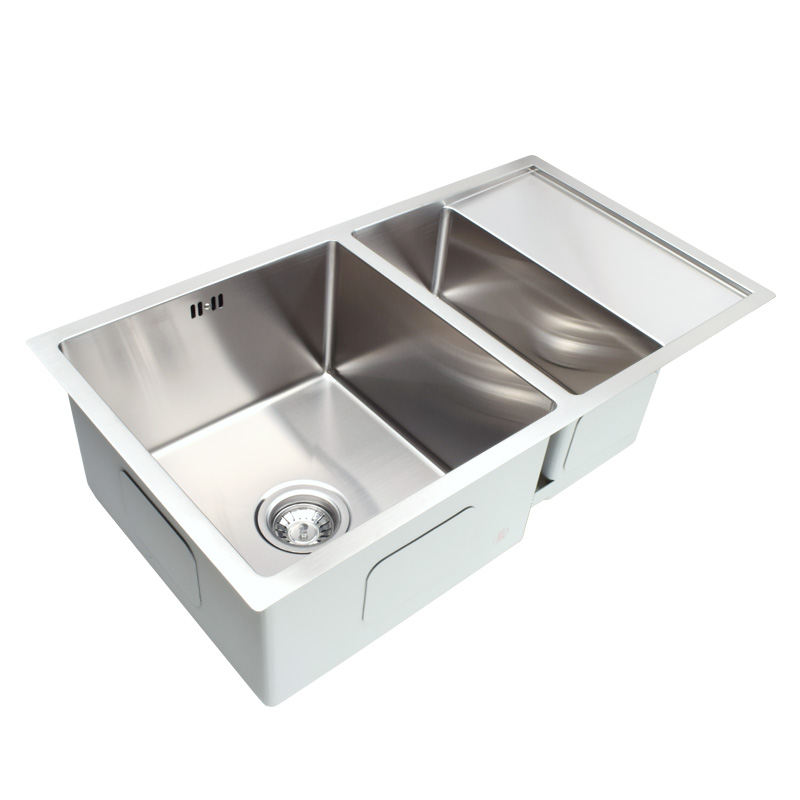


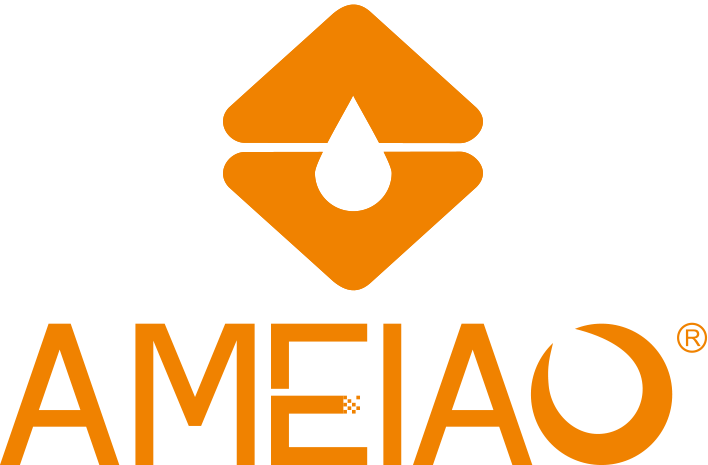
 Mobile Phone:
Mobile Phone:


